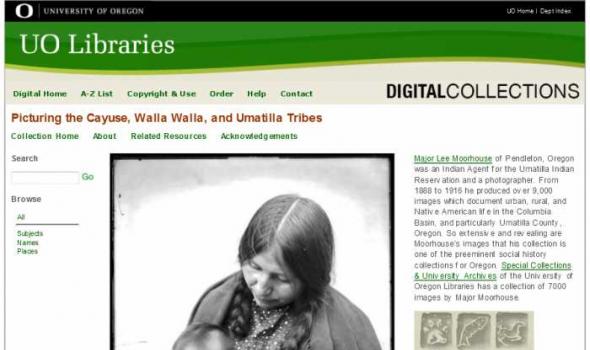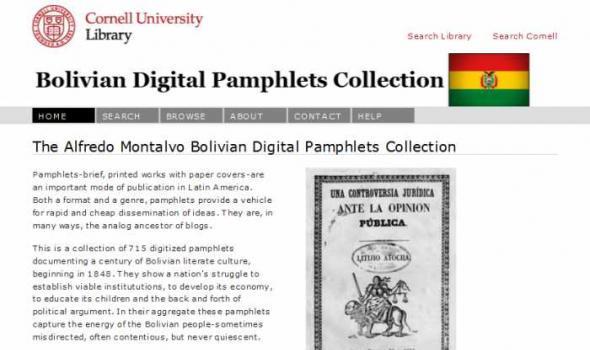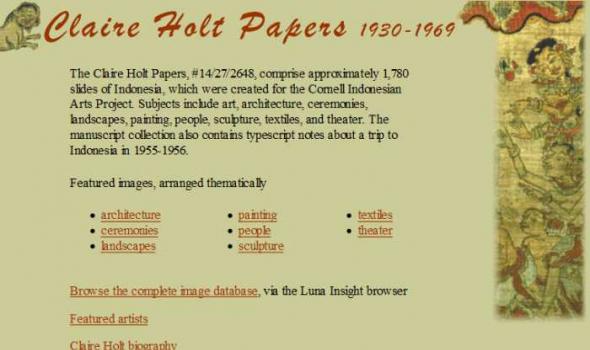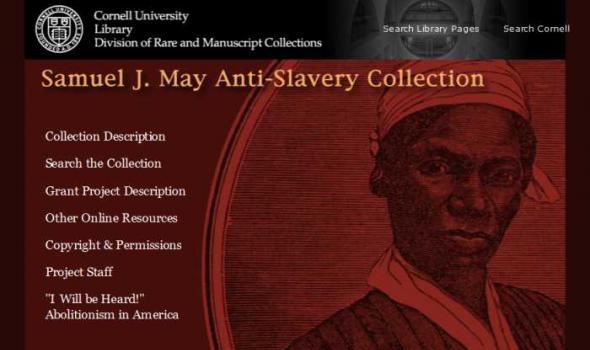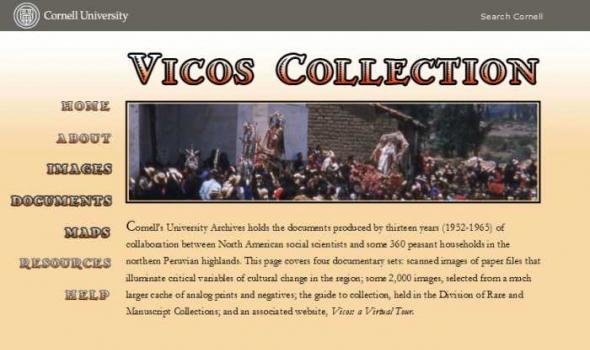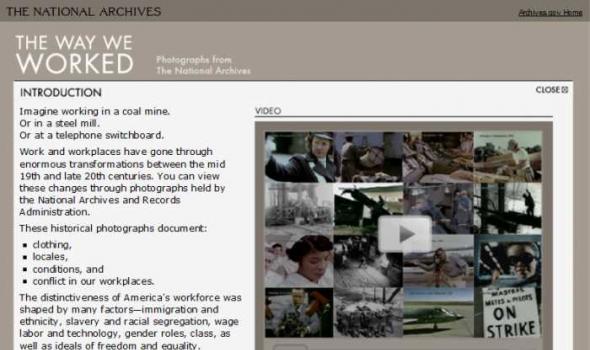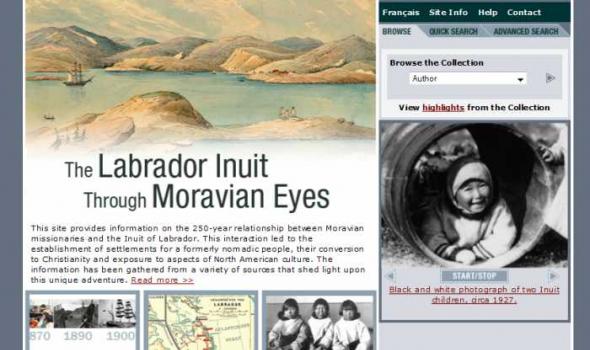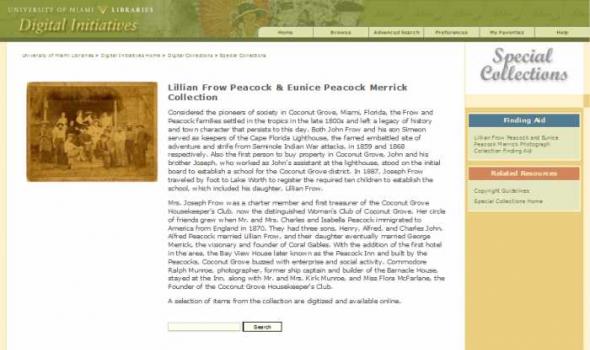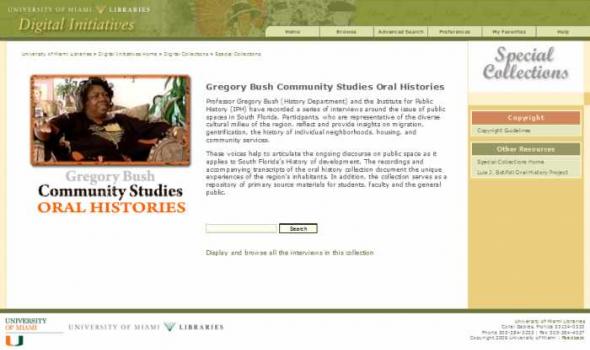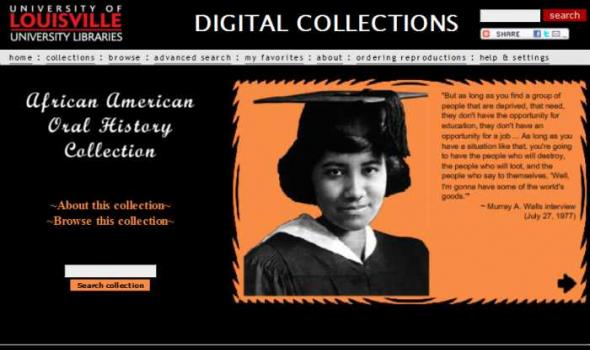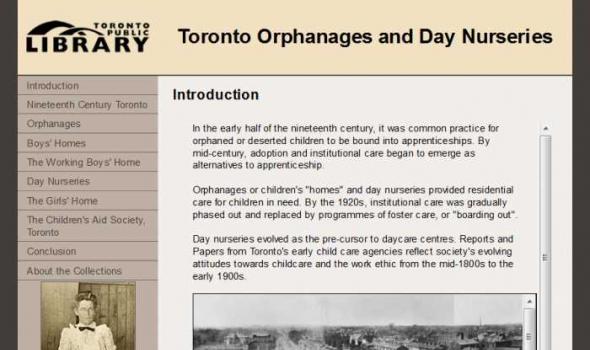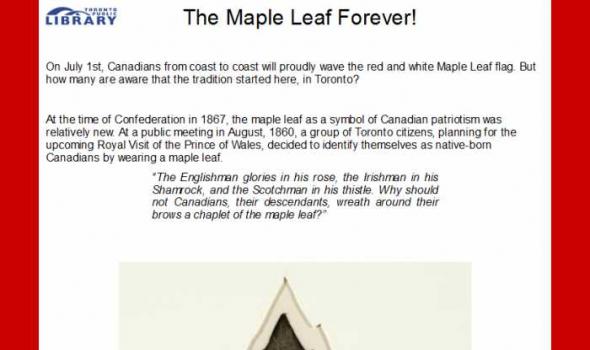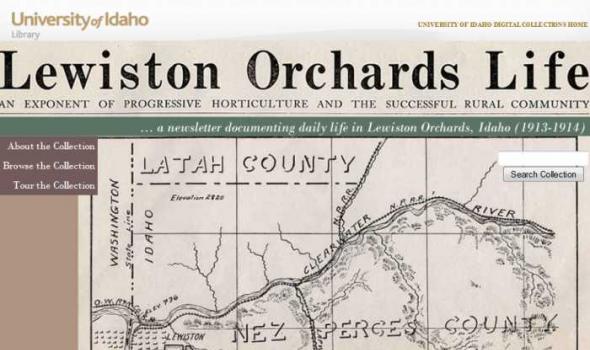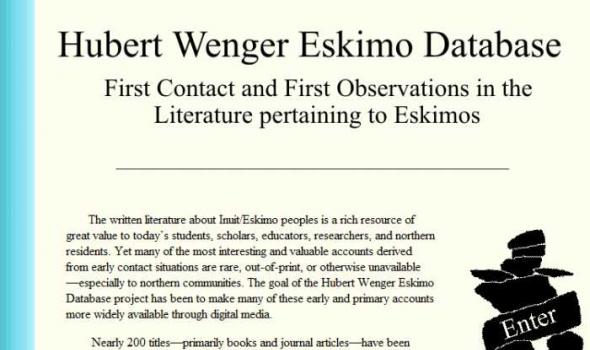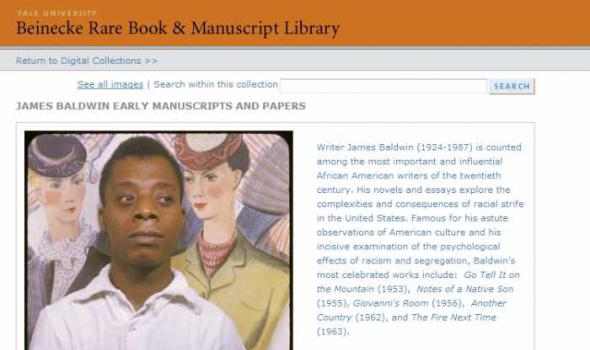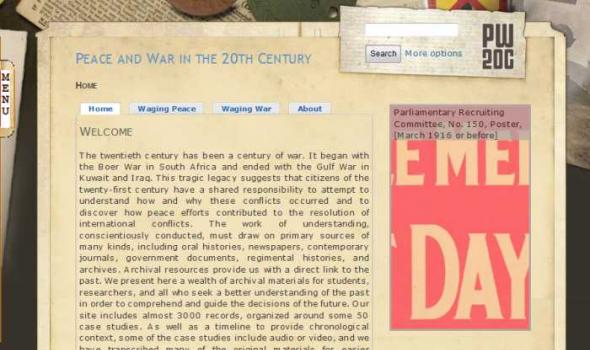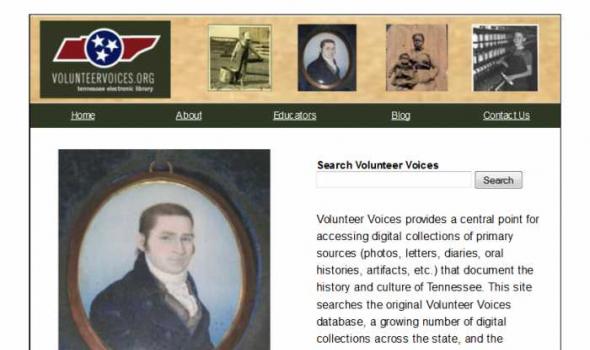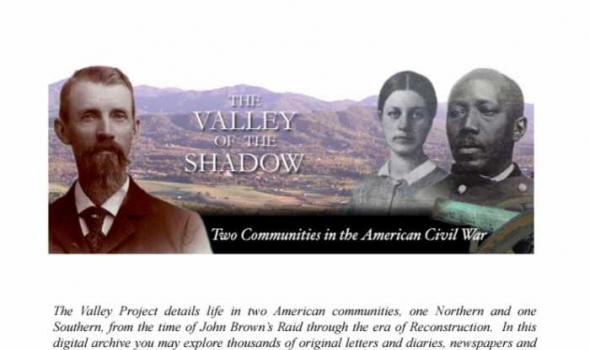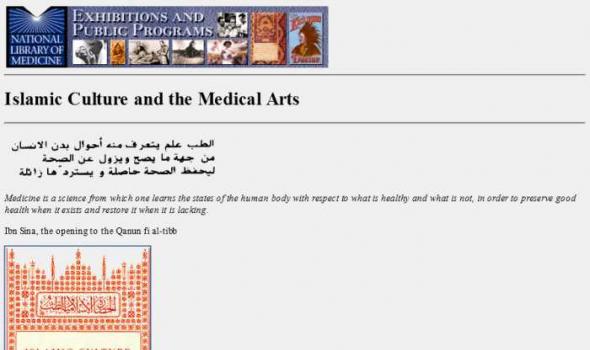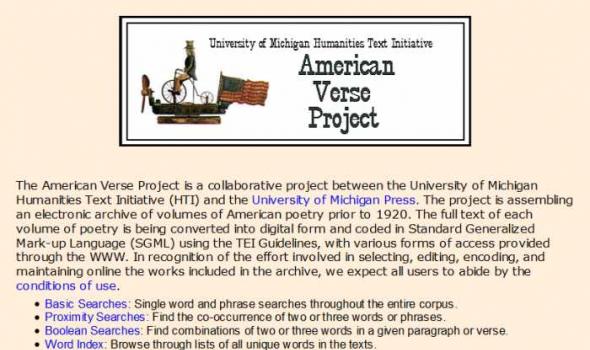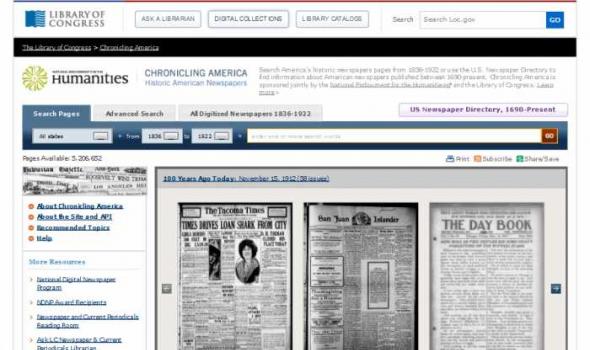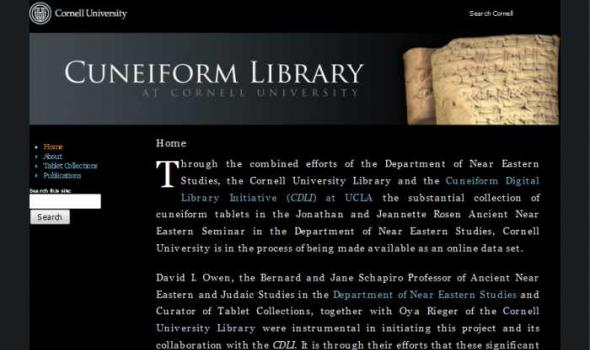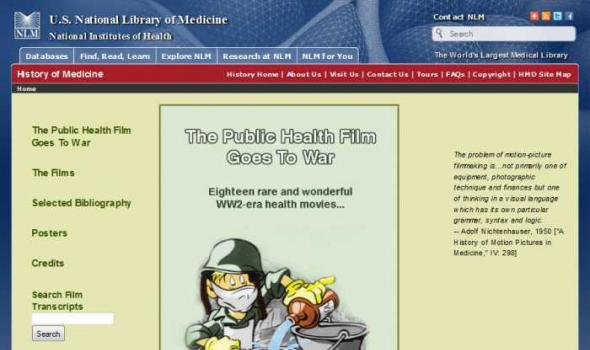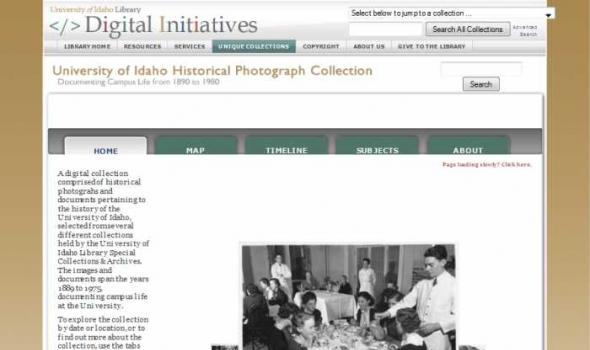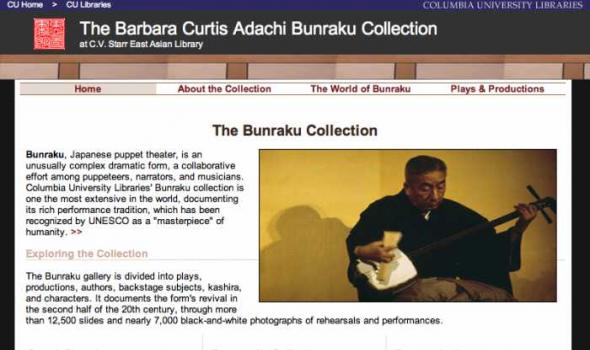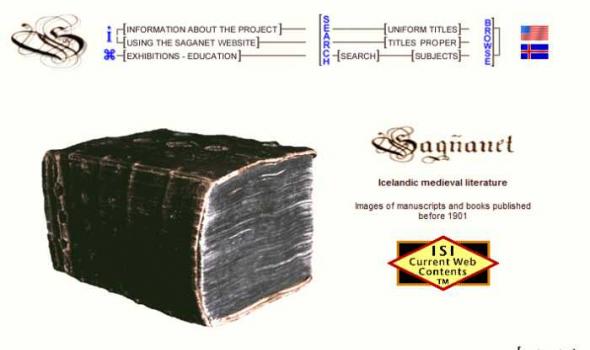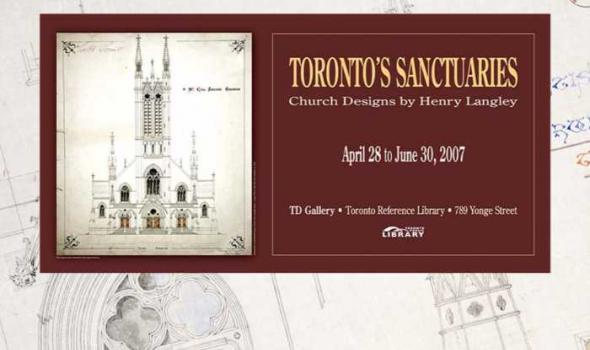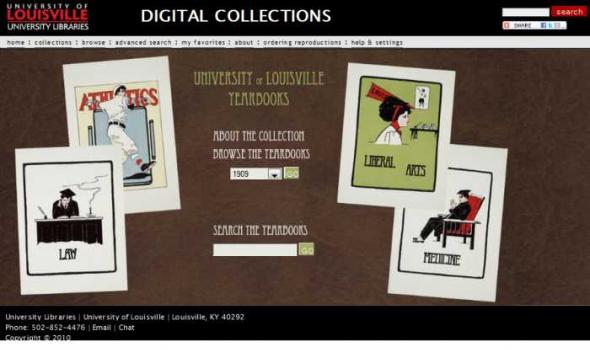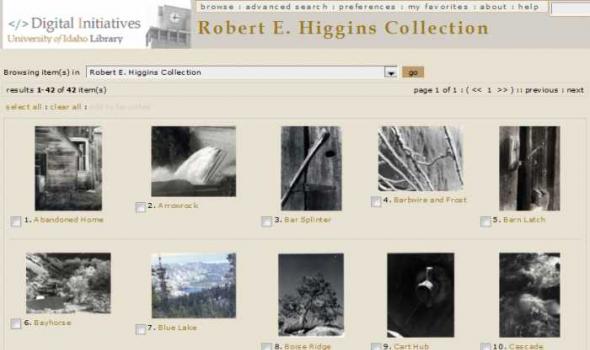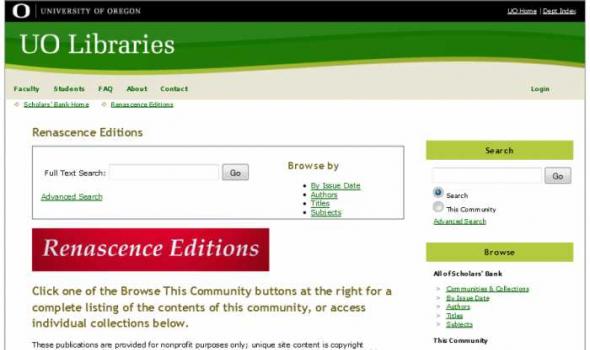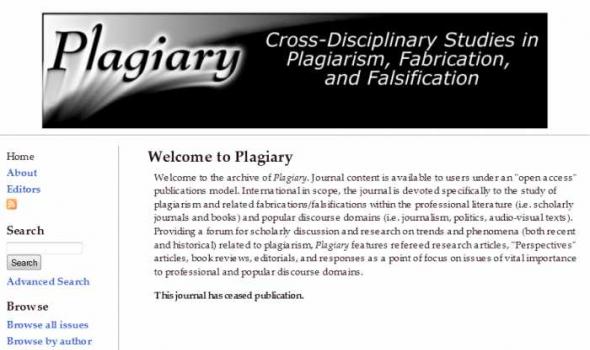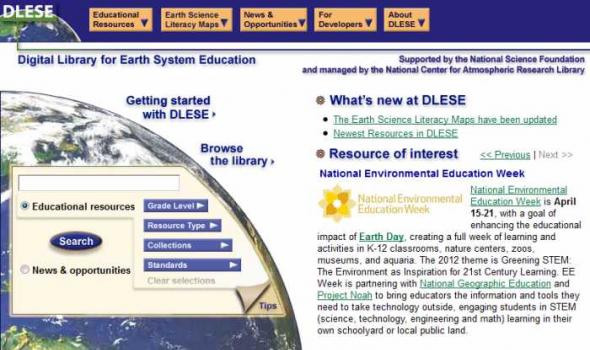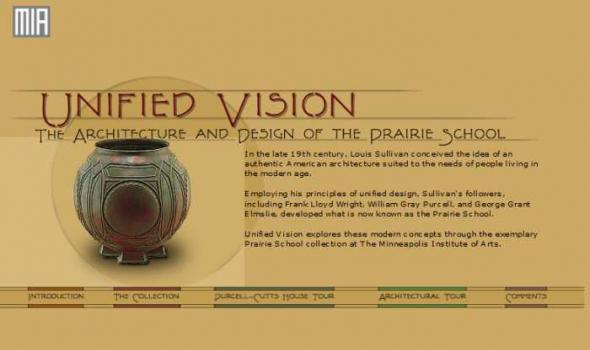Sociology & Demography
About - University of Oregon. Office of the Dean of Personnel Administration. National Japanese American Student Relocation Council Records 1942-1946 The National Japanese American Student Relocation Council was created by university administrators as a means of relocating Japanese American college students to other universities and colleges away from the West coast during World War II, and to prevent these students from being interned in government-run internment camps. At the University of Oregon, Karl Onthank, Dean of Personnel Administration, represented the University in relocating UO Japanese American students. The collection includes correspondence, newsletters, speeches, minutes of meetings, and ephemera.
FAQ Local and Regional Documents Archive About This Project The Local and Regional Documents Archive is a service of the University of Oregon Libraries. The project seeks to serve the citizens of Oregon and researchers around the world by providing a central repository and archive of significant documents produced by local governments and regional offices of United States federal government agencies within the state. Governments and agencies represented in the database include: Among the types of documents included in the archives are local planning documents, city development codes, sub-area plans, documents required by the National Environmental Policy Act (NEPA), land management planning documents, resource management plans, and environmental opinions.
About - Picturing the Cayuse, Walla Walla, and Umatilla Tribes Major Lee Moorhouse of Pendleton, Oregon was an Indian Agent for the Umatilla Indian Reservation and a photographer. From 1888 to 1916 he produced over 9,000 images which document urban, rural, and Native American life in the Columbia Basin, and particularly Umatilla County, Oregon. So extensive and revealing are Moorhouse's images that his collection is one of the preeminent social history collections for Oregon. Special Collections & University Archives of the University of Oregon Libraries has a collection of 7000 images by Major Moorhouse.
About the Alfredo Montalvo Bolivian Digital Pamphlets Collection This collection of 715 digitized works comes principally from a donation made to Cornell by the Bolivian bookseller, Alfredo Montalvo, who has supplied the university with library materials for over a quarter century. The pamphlets document a century of Bolivian literate culture, beginning in 1848. They show a nation's struggle to establish viable institutions, to develop its economy, to educate its children and the back and forth of political argument. In their aggregate these pamphlets capture the energy of the Bolivian people-sometimes misdirected, often contentious, but never quiescent. Readers will also want to consult complimentary collections of Bolivian pamphlets.
Database selection The goal of this project is to catalog and digitize each of the 1,780 slides within the Claire Holt collection. Microsoft Excel was selected as the application most suited to cataloguing requirements. Image browser After researching options available for creating and maintaining a widely-accessible virtual collection, Luna Imaging’s In sight® browsing software was selected as the most appropriate way to present the Claire Holt images over the Internet.
Kheel Center Labor Photos We do our best to verify database contents, but sometimes conflicting information is available. If you would like to suggest a correction or add new information about images in our database please contact Barb Morley at kheel_center@cornell.edu and include the photo identification number (e.g. 5780pb32f14a) along with your recommendations. If you would like to donate images or other material documenting organized labor or employment relations, please contact us at 607-255-3183 or kheel_center@cornell.edu 10 November, 2011
About the Project Welcome to Cornell University Library's web site on issues of race, ethnicity and religion. The incentive behind the project was provided by the interest expressed in 2004 by University President Jeffrey S. Lehman, the Provost, the Vice Provost, the Cornell University Librarian and the Cornell University Press in collaborating on a web-based project that would facilitate informed study and discussion of issues related to race, ethnicity and religion on the Cornell campus and in the U.S. In its initial pilot phase (Nov.
Collection Description See Also: Collection Description Cornell's Anti-Slavery and Civil War Collections The Cornell University Library owns one of the richest collections of anti-slavery and Civil War materials in the world, thanks in large part to Cornell's first President, Andrew Dickson White, who developed an early interest in both fostering, and documenting the abolitionist movement and the Civil War. Even before his arrival at Cornell, White used his lectures at the University of Michigan to respond to the issues of the War by pointing out to his students as many examples as he could of societies that valued the rights of free men over the shallow benefits of slavery. A.D.
Cornell Vicos Collection About the Vicos Collection The Program represents an optimistic view of both the possibilities for and the benefits of change. The contemporary North American view emphasized the importance of agricultural productivity as a means to improve closed, ignorant, impoverished communities such as Vicos. In addition, the social science of the time stressed the essential relationship between economic development national integration. The Vicosinos would exercise the duties of citizenship in exchange for the rights that the Peruvian nation afforded them. Evaluations of the Cornell-Peru Program describe it as a qualified success.
April 22 -- October 29, 2000 "Remember the ladies," Abigail Adams had admonished her husband when our forefathers wrote the Declaration of Independence. This advice was ignored not only by John Adams but also by many subsequent generations. Now, over 200 years later, we see an encouraging transformation toward equal rights for women and a new curiosity about women's history. A fascinating array of female personalities have shaped our American experience,106 of whom are featured in our exhibit. Our opening gallery showcases unforgettable women who represent many qualities worthy of our appreciation. Then journey through time as women's struggles and progress from colonial times to the present are told through historical narratives and short biographies.
From June through October 1973 and briefly during the spring of 1974, John H. White, a 28-year-old photographer with the Chicago Daily News , worked for the federal government photographing Chicago, especially the city`s African American community. White took his photographs for the Environmental Protection Agency`s (EPA) DOCUMERICA project.
Inside the National Archives Southeast Region 1. Welcome The Southeast Region of the National Archives holds in trust original records documenting the settlement and development of a unique section of the United States. It maintains historical records from regional offices of Federal agencies in Alabama, Florida, Georgia, Kentucky, Mississippi, North Carolina, South Carolina, and Tennessee. These records are the documentary evidence of day-to-day occurrences that have become part of our history. This presentation highlights treasures in the region's holdings. It tells intriguing stories of the people who once inhabited this land. Some documents are about famous people and events.
This exhibit highlights the contributions of the thousands of Americans, both military and civilian, who served their country during World War II. Documents from the National Archives and Records Administration's (NARA) National Personnel Records Center in St. Louis form the core of the exhibit. For those who lived through the Second World War, this exhibit may help them recall their experiences. For those who did not, it is hoped they will gain a deeper understanding of the sacrifice and commitment of those Americans who, after almost four years, were "A People at War."
National Archives and Records Administraton The Way We Worked Imagine working in a coal mine. Or in a steel mill. Or at a telephone switchboard. Work and workplaces have gone through enormous transformations between the mid 19th and late 20th centuries. You can view these changes through photographs held by the National Archives and Records Administration. These historical photographs document: The distinctiveness of America's workforce was shaped by many factors—immigration and ethnicity, slavery and racial segregation, wage labor and technology, gender roles, class, as well as ideals of freedom and equality. Most importantly, these images honor those who built this country—the working men and women of America.
Terra Incognita: An Online Exhibition This exhibit features early printed accounts of exploration and cultural encounters between what is known as the Old World or Europe and the New World or the Americas. The people on both sides of these encounters viewed the people they met through the screen of their culture and how they perceived the world, including their myths, legends, and religious beliefs. Both sides often had to reconfigure and rebuild their idea of the world with this new knowledge. The results yielded much knowledge and discovery but also misunderstanding, fear and violent attempts to control various groups.
Last Updated: 19/03/2004 Disclaimer: This website is best viewed with a monitor resolution of at least 1024x768. eMail: victoriantimes@cdlr.strath.ac.uk Victorian Times is funded by the New Opportunities Fund (NOF) under their digitisation funding strand. � Centre for Digital Library Research, University of Strathclyde, 2003-2009
This site provides information on the 250-year relationship between Moravian missionaries and the Inuit of Labrador. This interaction led to the establishment of settlements for a formerly nomadic people, their conversion to Christianity and exposure to aspects of North American culture. The information has been gathered from a variety of sources that shed light upon this unique adventure. Read more
Lillian Frow Peacock & Eunice Peacock Merrick Collection Considered the pioneers of society in Coconut Grove, Miami, Florida, the Frow and Peacock families settled in the tropics in the late 1800s and left a legacy of history and town character that persists to this day. Both John Frow and his son Simeon served as keepers of the Cape Florida Lighthouse, the famed embattled site of adventure and strife from Seminole Indian War attacks, in 1859 and 1868 respectively. Also the first person to buy property in Coconut Grove, John and his brother Joseph, who worked as John's assistant at the lighthouse, stood on the initial board to establish a school for the Coconut Grove district.
Gregory Bush Community Studies Oral Histories Professor Gregory Bush (History Department) and the Institute for Public History (IPH) have recorded a series of interviews around the issue of public spaces in South Florida. Participants, who are representative of the diverse cultural milieu of the region, reflect and provide insights on migration, gentrification, the history of individual neighborhoods, housing, and community services. These voices help to articulate the ongoing discourse on public space as it applies to South Florida?s History of development. The recordings and accompanying transcripts of the oral history collection document the unique experiences of the region?s inhabitants.
DIGITAL COLLECTIONS About the Collection The Oral History Center at the University of Louisville has long sought to aid in the documentation of the history of Louisville's African American community. This effort was bolstered in the 1970s by funding from the Kentucky Oral History Commission, which supported a number of the interviews included in this first online offering. The African American Oral History Collection includes interviews conducted as part of projects designed to document particular aspects of Louisville's history and/or important local institutions, such as the Red Cross (Community) Hospital and the Louisville Municipal College, as well as projects that sought to document African American life more generally. Most of the interviews were conducted in the late 1970s.
Toronto Orphanages and Day Nurseries Introduction In the early half of the nineteenth century, it was common practice for orphaned or deserted children to be bound into apprenticeships. By mid-century, adoption and institutional care began to emerge as alternatives to apprenticeship. Orphanages or children's "homes" and day nurseries provided residential care for children in need. By the 1920s, institutional care was gradually phased out and replaced by programmes of foster care, or "boarding out". Day nurseries evolved as the pre-cursor to daycare centres. Reports and Papers from Toronto's early child care agencies reflect society's evolving attitudes towards childcare and the work ethic from the mid-1800s to the early 1900s.
On July 1st, Canadians from coast to coast will proudly wave the red and white Maple Leaf flag. But how many are aware that the tradition started here, in Toronto? At the time of Confederation in 1867, the maple leaf as a symbol of Canadian patriotism was relatively new. At a public meeting in August, 1860, a group of Toronto citizens, planning for the upcoming Royal Visit of the Prince of Wales, decided to identify themselves as native-born Canadians by wearing a maple leaf. This leather badge was worn at the reception for the Prince of Wales held in Toronto on September 7, 1860. Although the maple leaf had previously been used as a symbol for Canada, this was the first occasion on which it was worn as a national emblem.
About Lewiston Orchards Life Lewiston Orchards Life was a neighborhood newsletter published in Lewiston, Idaho during the early 1900s that covered the horticultural and residential events of those living in Lewiston Orchards. Special Collection & Archives at the University of Idaho Library holds fourteen issues as part of their Day Northwest Collection. About Lewiston Orchards Now a residential neighborhood in Lewiston, Idaho, Lewiston Orchards was once a vast commercial garden. The area produced apples, apricots, cherries, berries, plums, pears, quinces, peaches, nuts, lettuce, and grapes in abundance. The ???Orchards??? grew out of an ambitious land development and irrigation project, which was conceived and undertaken by Harry L. Powers at the turn of the 20th century.
The written literature about Inuit/Eskimo peoples is a rich resource of great value to today’s students, scholars, educators, researchers, and northern residents. Yet many of the most interesting and valuable accounts derived from early contact situations are rare, out-of-print, or otherwise unavailable—especially to northern communities. The goal of the Hubert Wenger Eskimo Database project has been to make many of these early and primary accounts more widely available through digital media. Nearly 200 titles—primarily books and journal articles—have been included in the database and are uniformly searchable with powerful text-retrieval software.
Oneida Community Collection In 1960 Syracuse University Library acquired complete runs of the serial publications of Oneida Community and of its antecedents and branches, covering the span of years from 1837 until 1879. In 1983 the Library received a large collection of the surviving records of the Community. We are happy to be able to provide these additional primary documents for the scholars from Syracuse and elsewhere who have been coming to us for many years. Some Oneida Community documents have been digitized. Transcriptions are available online on the References page . About the Collection There have been several reasons for the Syracuse University Library to collect materials about Oneida Community and its antecedents and branches.
James Baldwin, 1955 September 13, by Carl Van Vechten The provenance of the James Baldwin Early Manuscripts and Papers collection is a matter of some intrigue. The donor, Bart Kaplan, acquired the papers through eminent domain, after his company took possession of a storage building in downtown Philadelphia, Pennsylvania, sometime in the early 1960s. The space in which they were stored had apparently once belonged to a publishing company which had left behind a suitcase containing these materials from James Baldwin. The relationship between Baldwin and the publishing company, as well as how a small parcel of his earliest literary effects was left with them, is uncertain.
Peace and War in the 20th Century Welcome The twentieth century has been a century of war. It began with the Boer War in South Africa and ended with the Gulf War in Kuwait and Iraq. This tragic legacy suggests that citizens of the twenty-first century have a shared responsibility to attempt to understand how and why these conflicts occurred and to discover how peace efforts contributed to the resolution of international conflicts. The work of understanding, conscientiously conducted, must draw on primary sources of many kinds, including oral histories, newspapers, contemporary journals, government documents, regimental histories, and archives. Archival resources provide us with a direct link to the past.
About Volunteer Voices Volunteer Voices is Tennessee's statewide digitization program involving the state's archives, libraries, repositories, historic homes and museums. Its goals are to improve access to digital collections that document Tennessee's history and culture, facilitate use of these collections in K-16 classrooms and by the general public; and offer training opportunities for personnel to learn digitization standards and best practices. This new Volunteer Voices website offers a single access point for searching digital collections across the state. The current site searches the following collections: The Growth of Democracy in Tennessee, the collection that most Tennesseans associate with Volunteer Voices.
About the Denver Public Library's Western History and Genealogy Digital Collections The Digital Collections had their origins in the Photo Digitization Project which was started in the early 1990’s by Augie Mastrogiuseppe, the Library’s Curator of Photographs at the time. The project’s goal was to improve access to the Western History photograph collection and help preserve the original items by creating digital copies. Over the years, the project was funded by grants from organizations including the Boettcher Foundation, the National Endowment for the Humanities, and the Colorado Historic Fund.
The Valley Project details life in two American communities, one Northern and one Southern, from the time of John Brown's Raid through the era of reconstruction. In this digital archive you may explore thousands of original letters and diaries, newspapers and speeches, census and church records, left by men and women in Augusta County, Virginia, and Franklin County, Pennsylvania. Giving voice to hundreds of individual people, the Valley Project tells forgotten stories of life during the era of the civil war.


